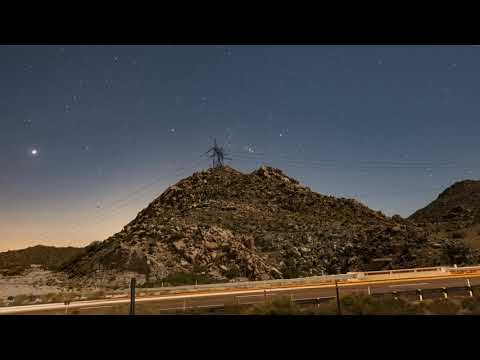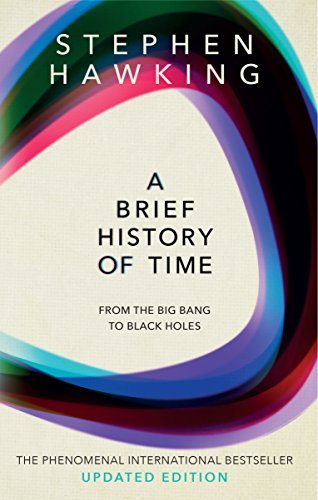The Oort Cloud: A Treasure Trove of Comets and Dwarf Planets
The Oort Cloud is a mysterious and fascinating region of our solar system that lies at a distance of between 2,000 and 100,000 astronomical units from the Sun. This vast and diffuse cloud of icy bodies is thought to be the source of long-period comets, as well as a potential reservoir of dwarf planets.
Named after the Dutch astronomer Jan Oort who first proposed its existence in the 1950s, the Oort Cloud is believed to contain billions, if not trillions, of icy objects ranging in size from a few kilometers to several hundred kilometers across. These icy bodies are thought to be remnants from the early solar system, left over from the formation of the planets.
The Oort Cloud is divided into two regions: the inner Oort Cloud, which extends from 2,000 to 20,000 astronomical units, and the outer Oort Cloud, which extends from 20,000 to 100,000 astronomical units. The inner Oort Cloud is thought to be populated by short-period comets, which have orbital periods of less than 200 years, while the outer Oort Cloud is thought to be home to long-period comets, which have orbital periods of thousands to millions of years.
One of the most intriguing aspects of the Oort Cloud is its potential to contain dwarf planets. Dwarf planets are celestial bodies that are larger than asteroids but smaller than planets, and are characterized by their spherical shape and lack of a clear orbital path. The discovery of dwarf planets such as Pluto and Eris in the outer reaches of the solar system has led astronomers to speculate that there may be many more such objects lurking in the Oort Cloud.
Studying the Oort Cloud is a challenging task, as the objects within it are so far away and so faint that they are difficult to observe directly. However, astronomers have been able to detect the presence of the Oort Cloud through the observation of long-period comets, which are thought to originate from this region.
In recent years, advances in technology have allowed astronomers to detect and study more and more objects in the Oort Cloud, shedding light on the composition and structure of this enigmatic region of our solar system. By studying the Oort Cloud, astronomers hope to gain a better understanding of the early solar system and the processes that shaped the formation of our planets.
In conclusion, the Oort Cloud is a treasure trove of comets and dwarf planets that holds valuable clues to the history and evolution of our solar system. As our understanding of this distant region grows, so too will our knowledge of the complex and dynamic processes that have shaped our cosmic neighborhood.













